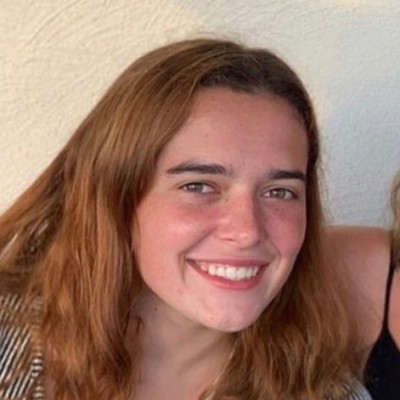
Shawn Burgess, Ph.D.
Co-Deputy Director
Division Of Intramural Research
Director
Office of Scientific Core Facilities
Senior Investigator
Translational and Functional Genomics Branch
Head
Developmental Genomics Section
Chief
Office of Scientific Core Facilities
Education
B.A. Wesleyan University
Ph.D. Johns Hopkins University School of Medicine
Current Job Openings
Developmental Genomics Section
Postdoctoral Fellows

Braveen Joseph, Ph.D.
- Postdoctoral Fellow
- Developmental Genomics Section

Javan Okendo, Ph.D.
- Postdoctoral Visiting Fellow
- Developmental Genomics Section

Hui Wang, Ph.D.
- Postdoctoral Fellow
- Developmental Genomics Section
Postbaccalaureate Fellows

Ava Edison
- Postbaccalaureate Fellow
- Developmental Genomics Section

Mohamed Sheikhi
- Postbaccalaureate Fellow
- Developmental Genomics Section
Graduate Students

Jeffrey Baffoe-Bonnie
- Predoctoral Fellow
- Developmental Genomics Section
Last updated: June 13, 2024

